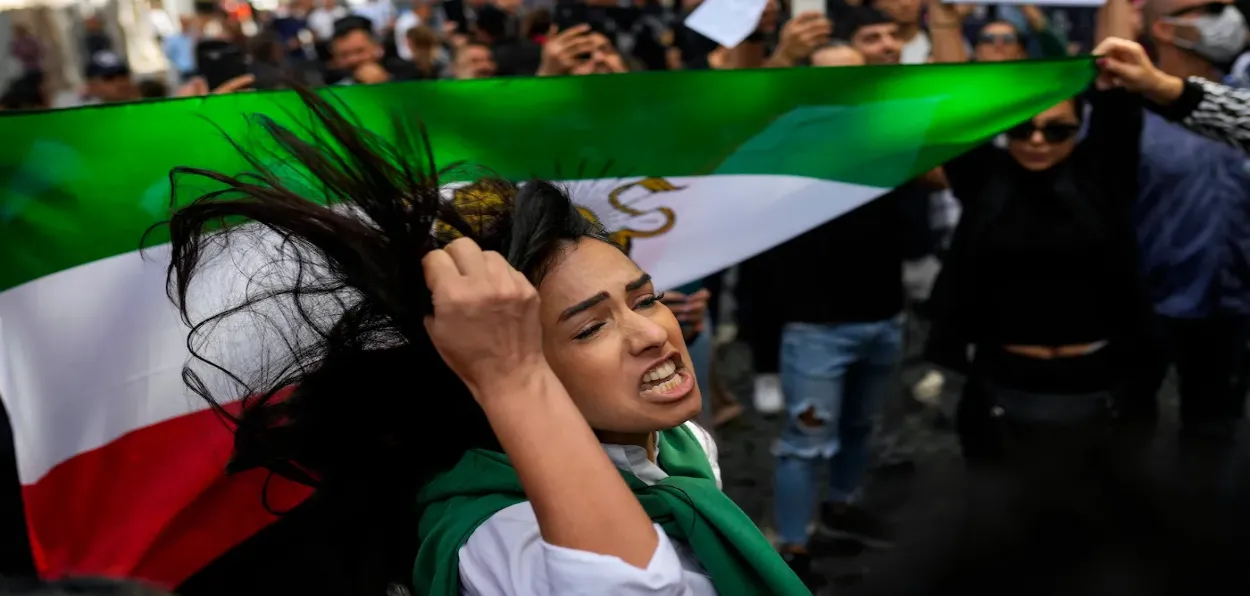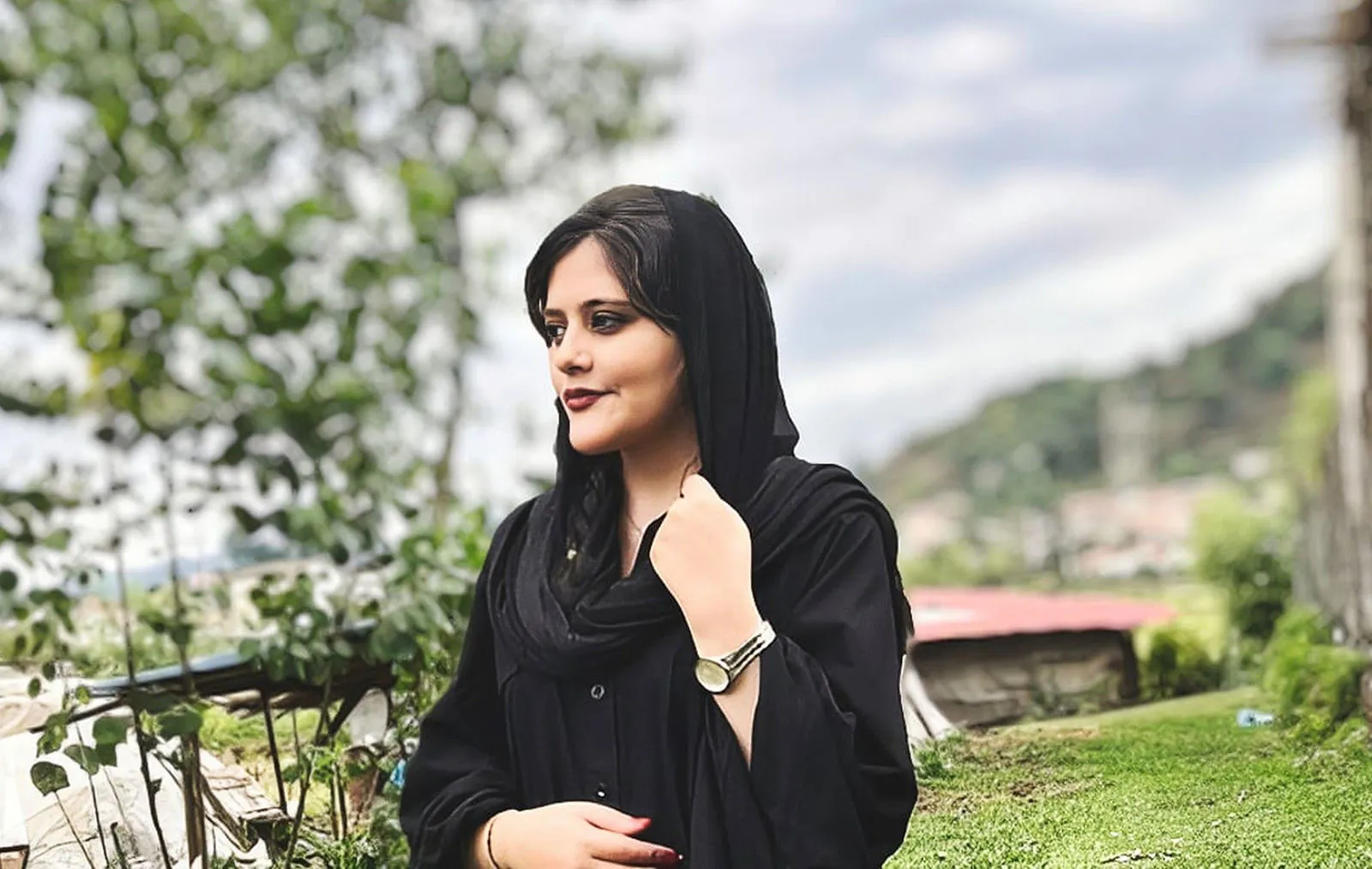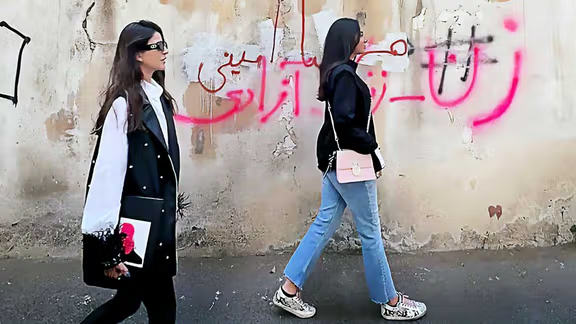
 Kingshuk Chatterjee
Kingshuk Chatterjee
Two years after the turmoil caused by the death of Masha Amini at the hands of the Gasht-e Ershad (morality police, authorised to enforce hijab in public places in Iran), the issue is nowhere close to being resolved. Despite an intermittent but brutal crackdown, a growing number of Iranian women are being noticed moving in public either altogether without their hair covered, or with only a perfunctory cover, not merely in the largest cities, but increasingly also in smaller towns.
Apart from the persisting mood of defiance among Iranian women, old and young, urban or suburban, enduring concerns of regime security are being successfully weaponised by segments of Iranian reformists to stem the force of social conservatism that has characterised the Islamic Republic.
The requirement that women in Iran, Muslim or otherwise, be ‘properly attired’ and keep their heads covered has been a contentious issue right from the time it was made mandatory after the Islamic Revolution of 1979. As the politically triumphant Twelver Shi‘i clergy swept into power, they and their socially conservative provincial constituencies had successfully imposed their traditionalist approach to the question of hijab (which, literally, means both ‘modesty’ and ‘veil’) as ‘veiling’ in public.
Urban, secularised women of metropolitan Iran – especially Tehran – had resented and opposed this imposition right from the beginning, resulting in an eventual minimalist compromise that women would dress ‘modestly’ (wearing the manteaux coat and maghneh and covering the head with a scarf) instead of wearing the traditional Persian loose cover-all, the Chador. By and large, this consensus held through the 1980s and 1990s, with reformist forces in Iranian politics, like President Khatami, arguing for greater social and cultural freedom.
However, the growing political clout of socially conservative and traditionalist forces in the Iranian body-politic opposed to the reformists resulted in a clamour for a maximalist reading of hijab right from the 1990s, culminating during the presidential tenure of the hard-line President Mahmoud Ahmadinejad. One of the main props of the social conservatives in the Islamic Republic, the Basij paramilitary group (to which Ahmadinejad himself belonged) was deployed from the mid-1990s to enforce public morality, before he institutionalised it in 2006 as the Gasht-e Ershad, giving that particular function a statutory validity.
 Mahsa Amini, whoae death became a rallying point for women against Hijab
Mahsa Amini, whoae death became a rallying point for women against Hijab
The Gasht-e Ershad, which is answerable directly to the judiciary, has been implementing the morality laws particularly harshly since then, independent of the official police, pulling up women for being bad-hijabi (bad veiling, where the slightest hair can be seen) – the harshest display of which came with the death of Mahsa Amini in 2022.
The turmoil that gripped Iran in the backlash to Mahsa Amini’s death (known as the Zan, Zindagi, Azaadi movement) was the strongest domestic challenge that the Islamic Republic has witnessed since it came into being. As demonstration after demonstration were taken out all across Iran (from Tehran down to not only provincial capitals but also small towns), the regime appeared far more vulnerable than it was at any other point. Hence, while the regime fought back with ruthless repression against its own unarmed citizens, it also subsequently showed tactical flexibility in dialling down the activities of the Gasht-e Ershad.
The death of President Raisi in a helicopter accident in 2024 suddenly reopened the question of hijab in public space once again. Amidst a crowd of conservative and hardline candidates, the sole reformist – Masoud Pezeshkian – spoke of the need to rethink the hijab issue, and criticised the harsh treatment of people who infringed the legally mandated position on this matter. Under President Pezeshkian, the Ministry of the Interior seems to have instructed the police to look away from minor infringements as far as possible and prosecute only a few of the more sensitive cases.
This has actually made it possible for many women to continue to publicly defy the hijab mandate without being punished harshly, although the scale and intensity of enforcement varies from region to region. This has served to embolden Iranian women to stay the course in defying the regime.
In response to the tacit dialling down of the statutory requirement on hijab, the conservative-dominated Iranian parliament (Majlis) pushed back against the laxity by passing a “Law to Support the Family by Promoting the Culture of Chastity and Hijab” (aka, the Hijab and Chastity Bill) in November 2024.) Initially drafted by the Gasht-e Ershad affiliates during the unrest of 2022-23, the law made it possible for agencies other than the police to be involved in the enforcement of the morality laws, and proposed stricter mechanical surveillance to identify the violations.

Iranian women defying mandatory hijab law
Clandestine reporting of infringement of such laws by ordinary civilians has also been proposed in the law. Further, disproportionately hefty fines have been proposed to curb such propensity for violence.
Once cleared by the Guardian Council in December 2024, the Bill was awaiting only the final nod from the Supreme Leader, ‘Ali Khamene‘i, before it could become law. The government, though, has gone on to thwart the bill through the mediation of the Supreme National Security Council, which has recommended a pause on the implementation of the law till further notification. Pezeshkian’s success in thwarting this bill seems to indicate that, despite his personal support for the conservatives on the general issue of hijab, the Supreme Leader Khamenei seems to share the reservations of reformists about this bill.
The landscape of morality laws in Iran, especially those about hijab, is such that the ultimate jurisdiction on this matter rests with the conservative-dominated judiciary, which is independent of the elected executive branch. However, enforcement of the laws rests primarily with the police, with the Gasht-e Ershad discharging independent but auxiliary functions. Hence, in parts of Iran where the provincial or municipal functions are discharged by conservative elements, morality laws continue to be enforced.
READ MORE: Mukhtar Alam transformed crime den of Azad Nagar into respectable locality
However, the toxic milieu of constant fear of authorities has taken a knock, and the continued popularity of Zan, Zindagi, Azaadi movement seems to have pushed back the horizon of fear in the Islamic Republic appreciably, with tacit support from the reformist elements in the incumbent administration. It remains to be seen if the horizon of fear continues to recede in the medium to long term.
Kingshuk Chatterjee is a professor in the Department of History, University of Calcutta.
